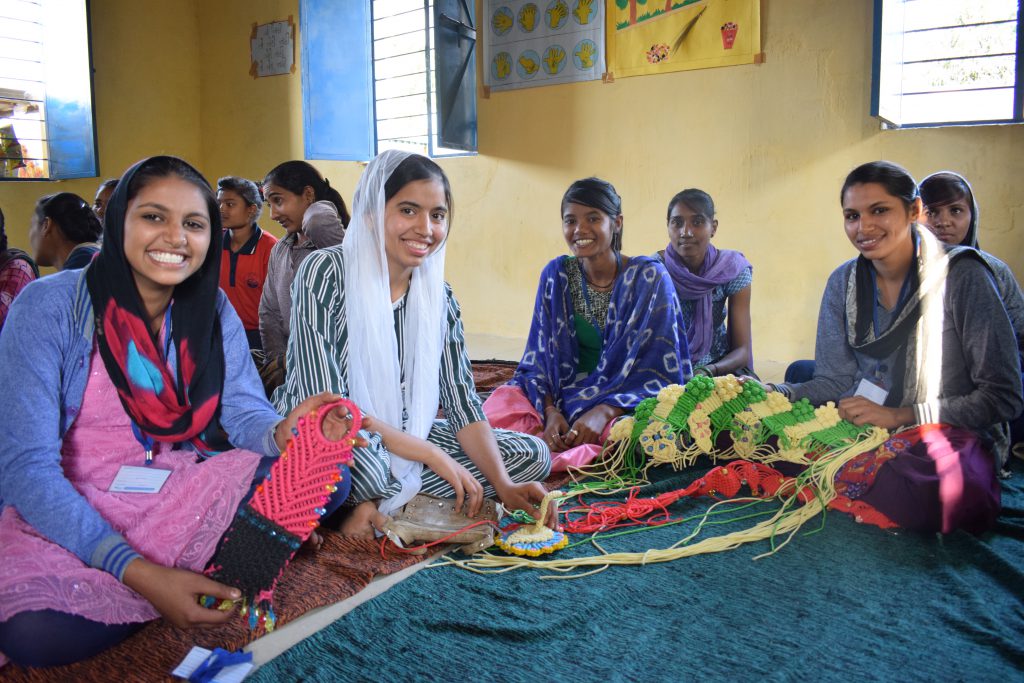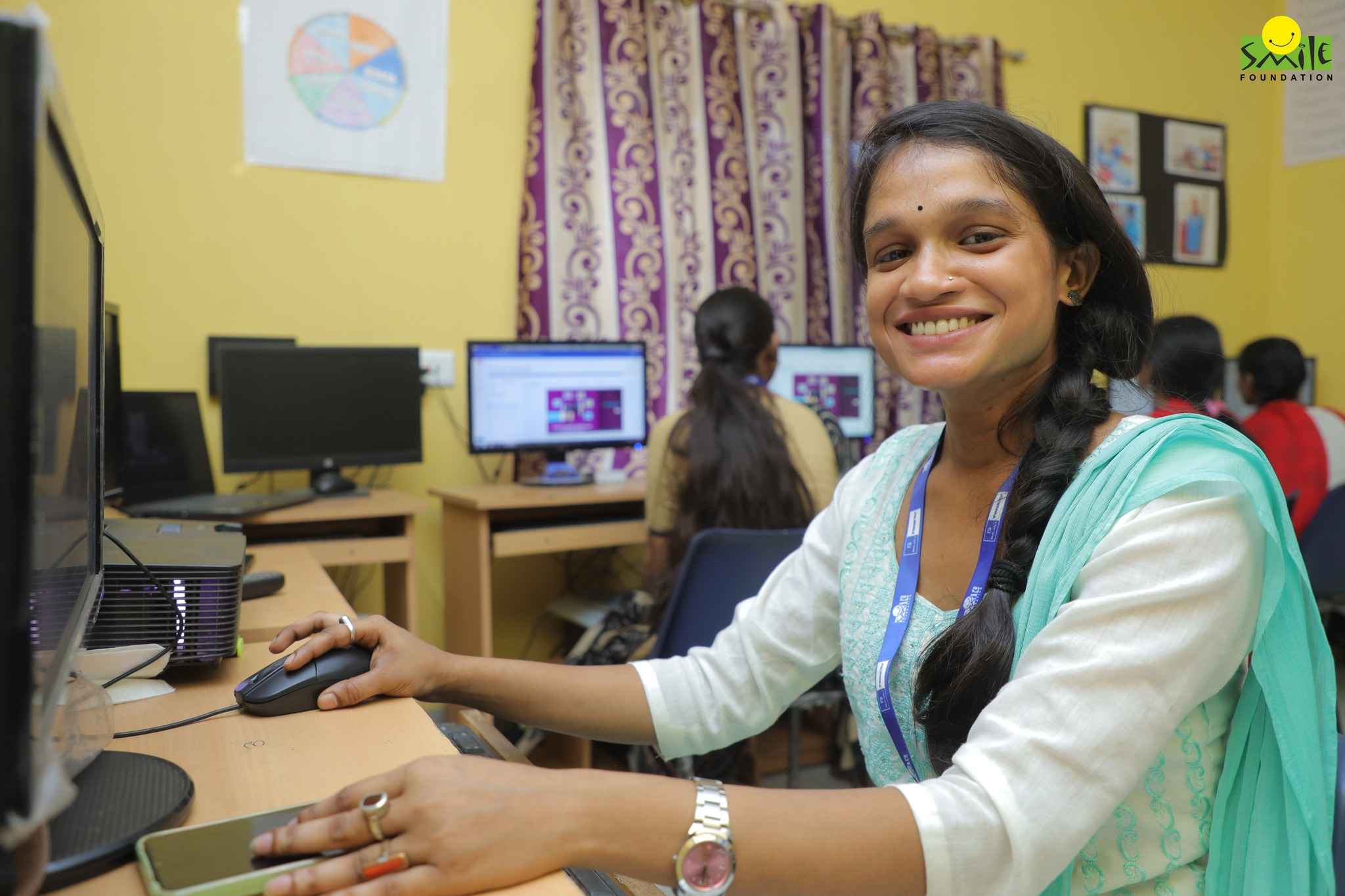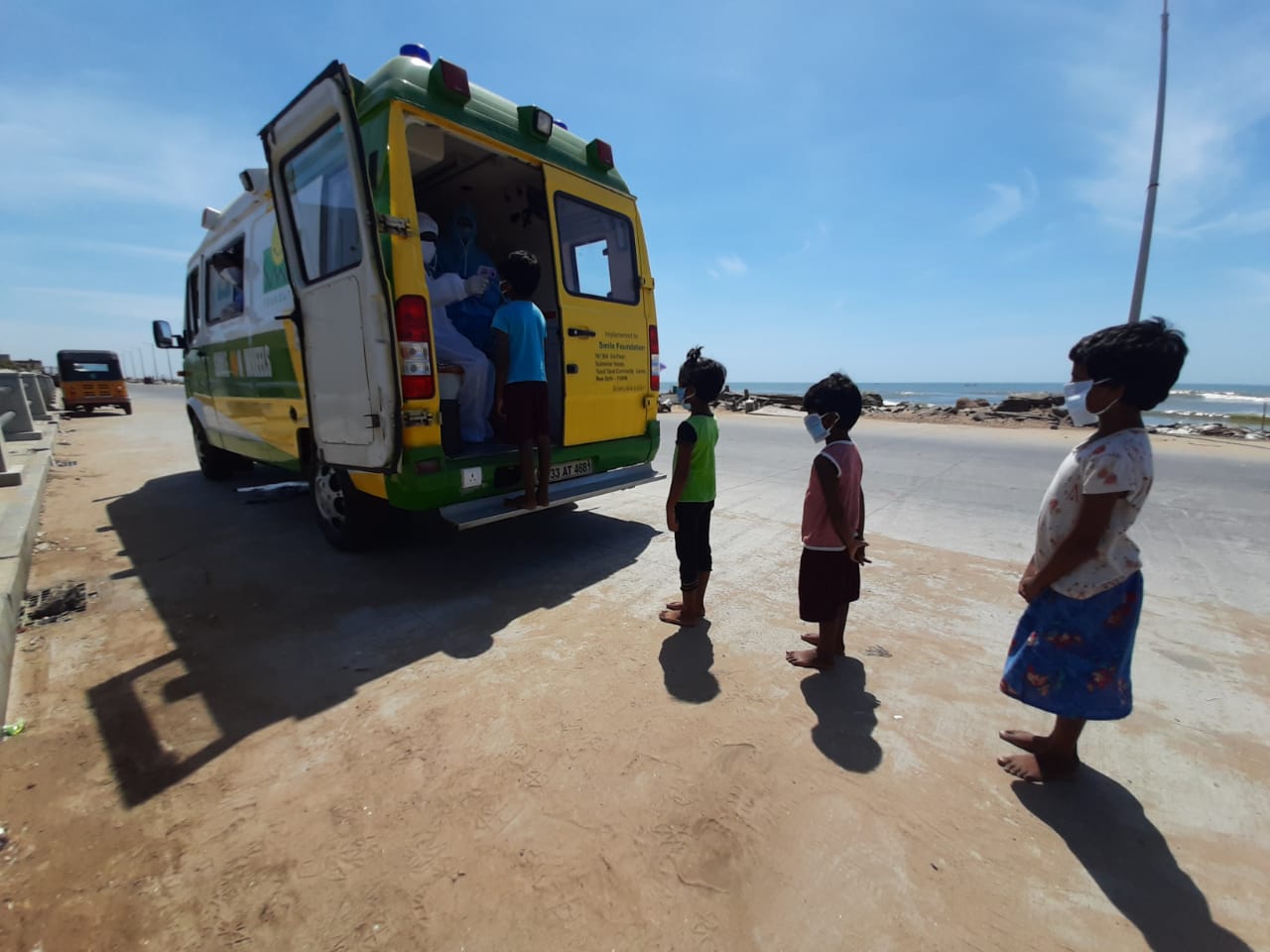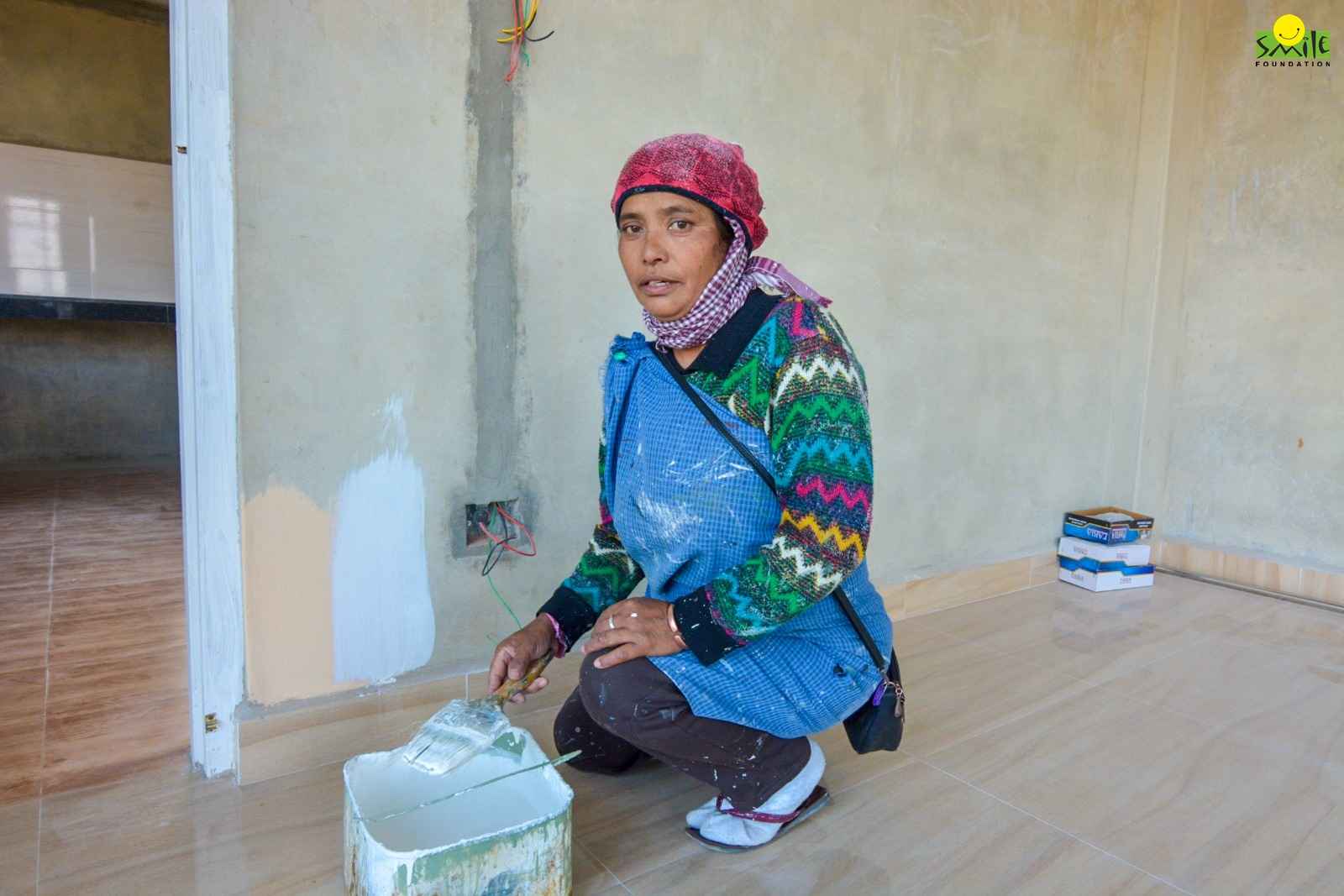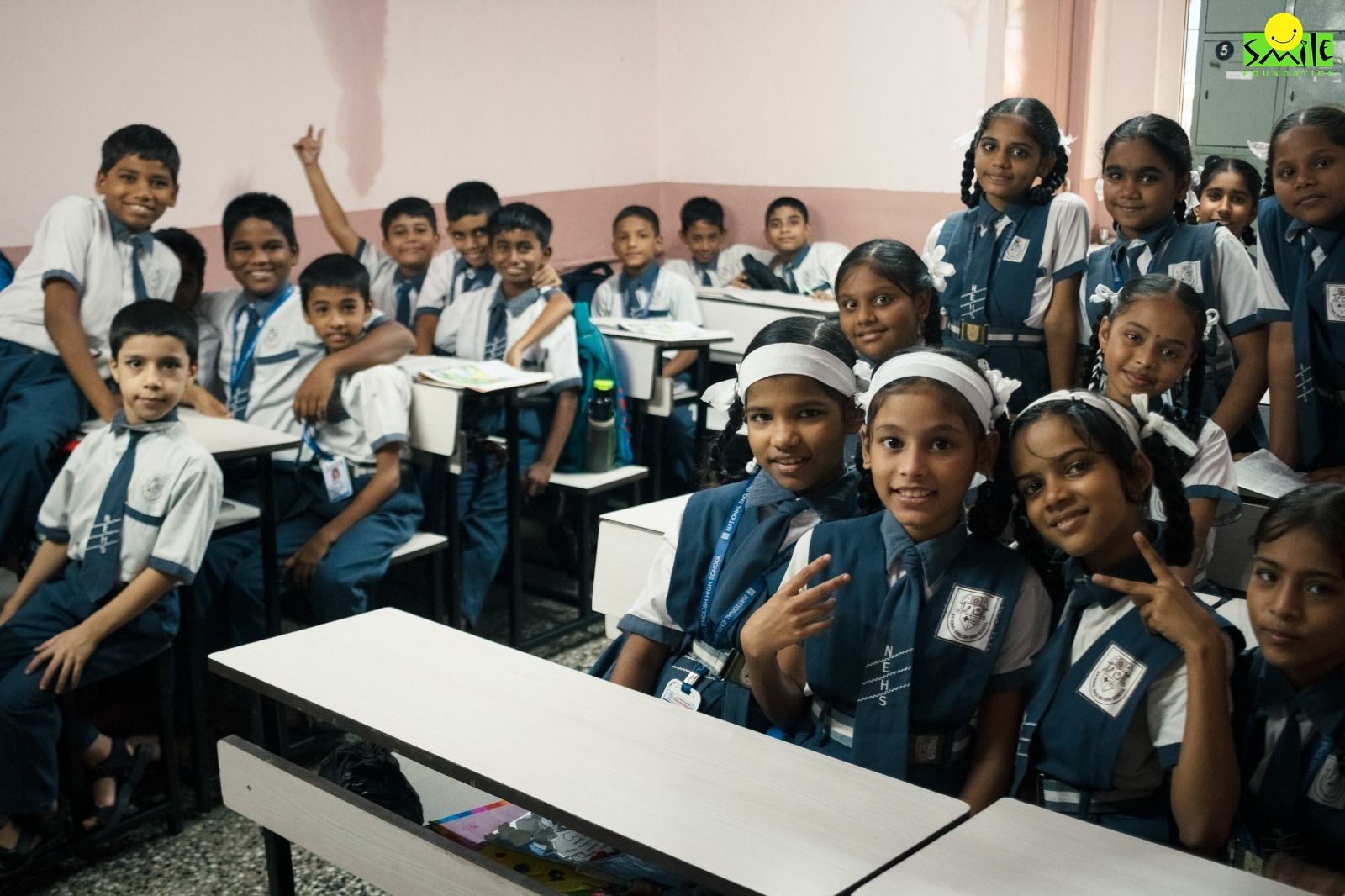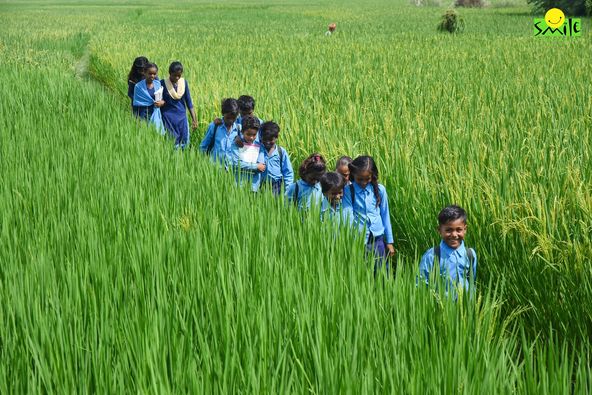Smile Foundation’s Sampoorna project for nutrition and health in collaboration with PepsiCo Foundation connected the dots by focusing on reduction of anaemia through healthy eating among 1000 adolescent girls in Banaskantha, Gujarat
Over the past decade, gender equality has been recognized as key not only to the health of nations, but also to their social and economic development. Unfortunately in our country, gender equality still remains a far-fetched goal as a major portion of our population; verily the half of humanity – the female sex, continues to be denied not just their rights and an equal status, but even the chance to survive and better nutrition and health.
Even though the Government has taken some commendable steps to address the problems of female foeticide and infanticide, early marriage and high drop-out ratios of girl children through its Beti Bachao Beti Padhao initiative, one key factor that could form the link between saving the girl child and educating her has still not received much attention, i.e. nourishing the girl child through proper nutrition.
It is an accepted fact that nutrition and health from an early stage directly impact the growth, learning abilities and outcomes as well as in the future employability opportunities and other important factors in a person’s life. Particularly in case of girl children this becomes even more important as they are the forbearers of the next generation – healthy girls will grow into healthy mothers and give birth to healthier babies.
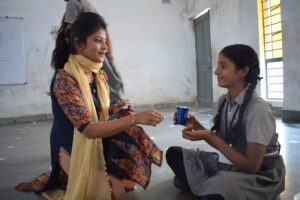
But just like everything else, equal access to nutrition and health is also a tough fight for most girls. Deep rooted gender bias in our society is one of the reasons for this – in the same family, you would find the male child being over-fed and pampered with food, and the female child being given only half of what her actual nutrition requirement is. While this is prevalent in both privileged and underprivileged sections of society, in the latter lack of education and awareness, along with poverty, also sometimes add to the stigma of underfed and undernourished girl children.
We only need to look at the prevalence of anaemia among women and girls in the country – one of the biggest markers of under-nutrition, to see how lack of nutrition has adversely impacted the health, and many other factors indirectly such as education, employment and the health of their children. As per the Global Nutrition Report by the World Health Assembly, in India, more than half (51%) of all women aged 15-49 years are anaemic.
As a small effort to bridge this gap, Smile Foundation, in collaboration with PepsiCo Foundation, had initiated the “Sampoorna” Project in rural Rajasthan. Focusing on adolescent girls, the project targeted 1000 girl children from 10 villages of the Banaskantha district, with the objective of improving their nutritional status, reducing the prevalence of anaemia, and enhancing education and employability opportunities to sustain a health-seeking behavior.
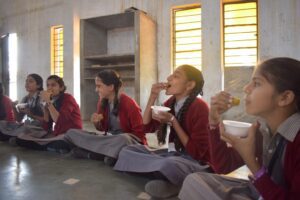
At the start of the project, Smile Foundation conducted a base study to assess the on-ground situation. The study revealed that malnutrition and the various diseases associated with it are a major contributing factor behind girls dropping out of school thus affecting the literacy rates. The study, assessing the nutritional status of adolescent girls (13 to 19 years) in the region, brought to light that 78% of adolescent girls are anaemic (varying from mild to severe), with 50% girls being moderately anaemic and about 13% being severely anaemic. Only 17.6% were attending school, with most respondents (49%) dropping out of school after Class 6 or 8. The study further revealed that around 84% of the respondents have never consumed any multi-vitamin or iron folic acid supplements, and most of them having no awareness of anaemia or ever having checked their anaemic status.
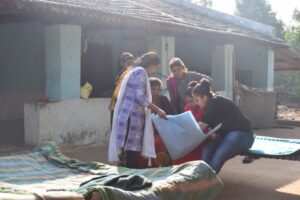
Sensitization being an important part of the project, a host of awareness activities were conducted, like the formation of Kishori Clubs which provided a safe space for the girls to meet every month for joyful learning and promoting regular consumption of nutritious food, weekly intake of IFA tablets and maintaining healthy habits including exercise.
To make the meetings more inviting, hygienically prepared healthy dry snacks made from locally available ingredients were introduced. Village level mega-cookery events that create a district and state level visibility around importance of nutrition for girls between the age group of 13 to 19 years were held. Knowledge building of the girls through social behavioral change communication (SBCC), life-skill education as well as vocational skill development based on local livelihood opportunities for the targeted adolescent girls was also an important aspect of the project.
Through all these need-based interventions, we got a favourable outcome in the community. After project completion, there was an increase in knowledge level of girls. There was a positive deviance in level of anaemia as well as BMI as majority of girls moved from underweight to normal.
To know more visit https://www.smilefoundationindia.org/nutrition-project-banaskantha.html



